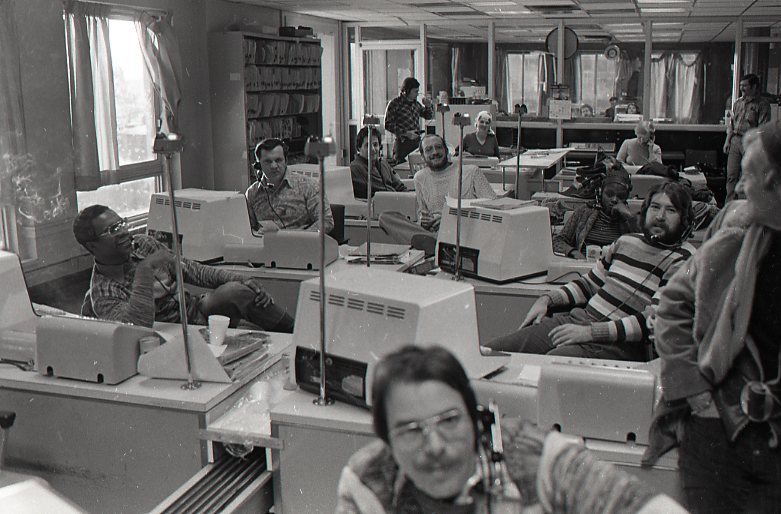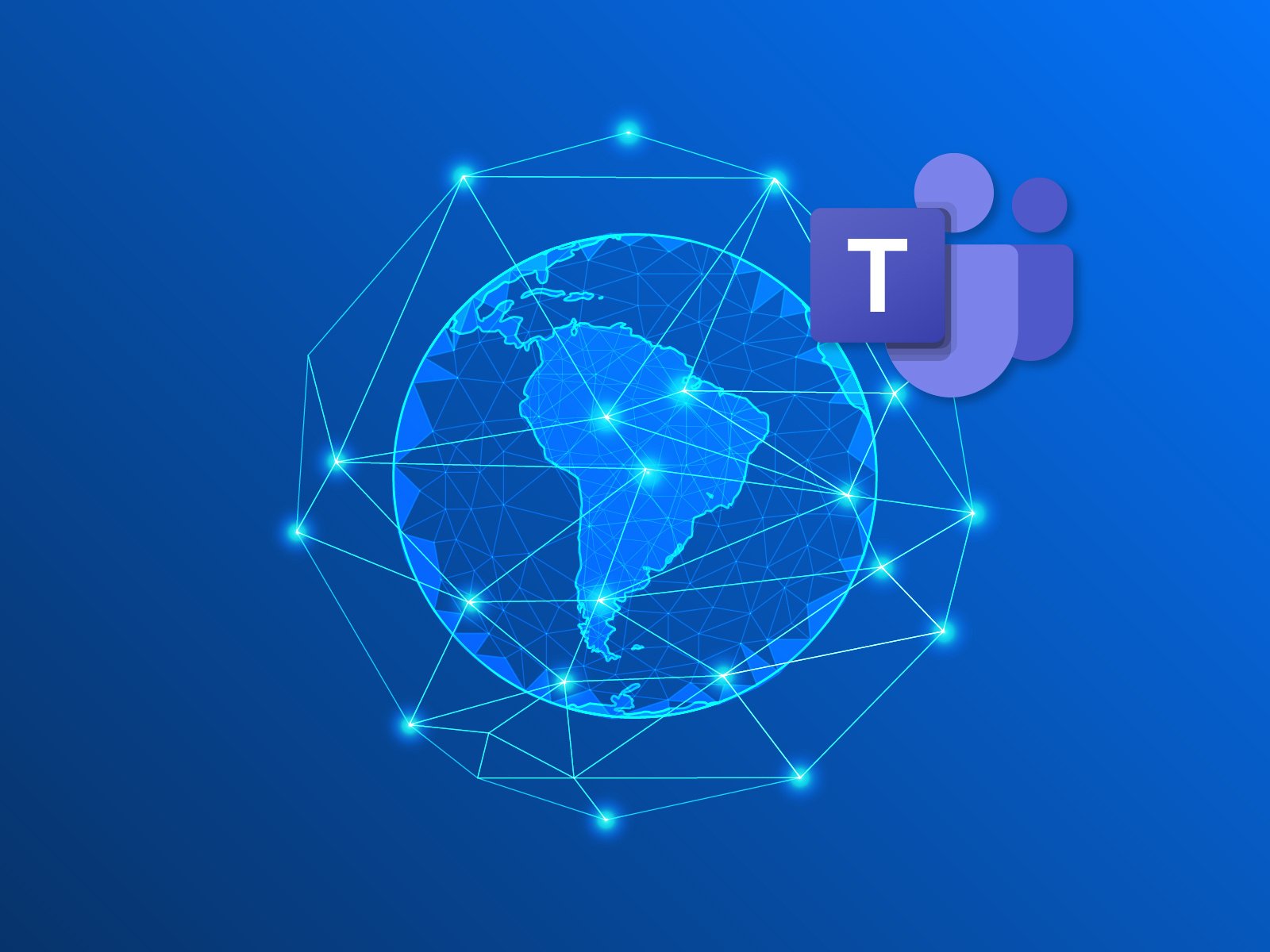What Is An OmniChannel Contact Center?
An OmniChannel Contact Center is a customer service hub that integrates various communication channels—such as voice, email, SMS, social media, web chat, and video—into a single, seamless platform.
Unlike traditional contact centers, which may handle each channel separately, an OmniChannel approach ensures that customer interactions across all channels are unified and consistent. This enables customers to switch between channels without repeating information, creating a smoother, more efficient experience.
By using an OmniChannel Contact Center, companies can deliver personalized and responsive service, meeting customers wherever they are and on the channels they prefer. Additionally, these centers often include advanced tools like Interactive Voice Response (IVR), real-time analytics, and workflow automation, empowering agents to provide high-quality support while improving productivity and customer satisfaction.
The Evolution Of OmniChannel Contact Centers
We’ve seen companies use telephones as a marketing tool dating all the way back to the early 1900s when phone directories were used to compile lists of individuals to sell to. Proving its intrinsic value on revenue growing initiatives, we’ve since then witnessed the business model adapt to the ever-growing expectations of consumers – ultimately forcing digital transformation across every industry including manufacturing, financial, healthcare, transportation, and more.
In the 1960s, we saw our first version of call centers come into the world, providing some of the earliest forms of employment for what was formerly known as “housewives” in the 1950s. Working from their home, women dialed friends and family to sell homemade products in an effort to raise more money for their families.


From there, companies began to optimize processes and implement more sophisticated programs, technology, and customer service training into their business model.
By the time the 1970s came around, Wide Area Telephone Service (WATS) allowed companies to call across the nation and incur charges based on geographical calling boundaries. This set off significant opportunity for businesses to reach a much larger marketplace, ultimately increasing revenue stream, and acting as an even stronger catalyst promoting digital transformation.
It didn’t take long for toll-free numbers to enter the telephony world, and it was then that inbound call center agents made their debut as one-dial stop to customer service.
As digital transformation continued to evolve, so did the growing demands of consumers. The idea of instant access to an on-call customer service agent created a culture of immediate gratification. Phones rang continuously, agents were overworked, overwhelmed, and underpaid. The call center industry grew much faster than ever anticipated and quality management became an issue – thus catapulting the need for research and development to design technology that met modern needs.
Today, as consumers demand hyper-personalized, cross-device support, contact centers need advanced technology to meet these high expectations. Modern tools and analytics empower supervisors to manage quality and efficiency across channels, helping businesses remain competitive. Embracing OmniChannel technology enables brands to offer consistent, frictionless experiences, ensuring customer satisfaction and loyalty.
So, before we dive into OmniChannel Contact Center, the star of this show, let’s look at some of the basics so we can better understand why it’s necessary today.
Why Is An OmniChannel Contact Center Important For Customer Experience?
An OmniChannel Contact Center plays a vital role in enhancing customer experience, offering customers the flexibility to connect through chat, SMS, or social media and avoid long hold times. With an OmniChannel setup, support agents can manage multiple conversations at once, tracking every interaction through a unified interface.
This combination of advanced technology, skilled agents, and dynamic features ensures customers can access support anytime, on any device or channel, creating a seamless, frustration-free experience that fosters loyalty.
Here are a few key reasons highlighting the importance of an OmniChannel contact center:
Seamless Connections
OmniChannel Contact Centers provide agents with access to consistent customer data across all channels, allowing customers to switch effortlessly between methods of communication. By enabling seamless transitions, businesses convey professionalism and efficiency, ultimately boosting their reputation and operational effectiveness.
Fast & Effective Routing
A successful OmniChannel center organizes departments such as sales, support, and marketing, ensuring that every customer inquiry is quickly routed to the appropriate team. This structured routing system minimizes transfer times, enabling faster and more accurate service delivery.
Robust Integrations
Efficient OmniChannel centers rely on robust integrations with tools like chat platforms, CRMs, and telecommunications systems, enabling smooth information flow. Integrating with widely used tools ensures agents can access critical data without disruptions, making for a more productive service environment.
Continuous Monitoring & Improvement
OmniChannel support offers contact centers real-time customer data, enabling them to adapt processes and enhance user experiences. By optimizing answer rates and empowering agents to deliver exceptional service, businesses increase their chances of converting prospects into loyal customers.
Modern Customer Expectations
Customer expectations are defined as a set of actions or behaviors that consumers anticipate when interacting with a company that they are doing business with. In its basic form, consumers have always expected quality of service, reasonable pricing, and issue resolution.
As time has progressed, those expectations have changed and modern consumers demand a hyper personalized experience, connectivity across devices, proactive service, and first contact resolution.
In a recent study done by Salesforce, it was found that “76% of customers now report that it’s easier than ever to take their business elsewhere – switching from brand to brand to find an experience that matches their expectations.” Generally speaking, this is good and bad for business. It’s great for the companies that have been able to adapt to modern day technology to retain their customers, and terrible for everyone else still stuck in antiquated processes.
For those that are leveraging breakthroughs in disruptive technology including the cloud, social media, and artificial intelligence, and providing a comprehensive customer experience across every device, business is thriving.
To break it down a bit, here are a few customer expectations that are changing the way businesses interact with their consumers.

- Customization of services (artificial intelligence)
- Service on any device (phone, tablet, desktop)
- Service across their favorite channels (SM, voice, web chat, video, self-service, SMS)
- Automation of services
- Data security and protection
- A frictionless high-quality process
- First contact resolution
- Long-term relationship nurturing
Modern Contact Center Supervisor Needs
Let’s not forget about the hardworking individuals managing and operating behind the lines of agents servicing consumers. The value of the average contact center supervisor has evolved since the 1970s when call centers came into existence.
With the rapid adoption of advanced technology, things have gotten more complicated for supervisors. The level of monitoring, analysis, and training required to successfully execute a contact center that acquires and retains customers is unattainable without the proper supportive technology.
Any modern-day contact center supervisor carries a burden of responsibility. In charge of hiring, training, reporting, quality assurance, agent support/monitoring, and issue identification, supervisors cannot stand on skillset alone. That’s why they turn to their technology to help them accomplish their goals and job requirements.
To make informed decisions that optimize contact center processes, supervisors must have access to compressive reporting and analytics on all facets of the customer experience journey including:
- Multimedia channels
- Screen recording
- Call recording
- Traffic analysis
- Workflows
- Agent performance
- IVR routing

Without the proper set of tools and analytics, contact center supervisors stand no chance in the race to providing the customer experience that consumers demand.
Digital Transformation & Contact Center as a Service (CCaaS)
So now that we’ve looked at what consumers need from their buying journey, and considered what supervisors require to optimize their customer experience cycles, let’s discuss digital transformation.
Consumers are smarter than ever, and their more technologically inclined with each passing day. Even Boomers have quickly adapted to the rapid changes in technology over the years, and tech companies have answered the mass demand for continuous improvement in the solutions being used.
With that said, modern brands have plunged themselves right into the era of digital transformation and are adapting the most modern technology currently available to reach their customers in the high-tech world they live in.
That’s where OmniChannel customer engagement comes in and that’s why businesses leveraging OmniChannel Contact Center technology are winning the customer experience race.

Replacing Disintegrated Contact Centers With OmniChannel
Hello, OmniChannel! Fragmented contacted centers are a thing of the past.
The simple, unfortunate reality is that today’s contact centers are not connected.
The different contact center tools are not integrated with each other, let alone enterprise-wide systems. The overall contact center, moreover, lacks strategic alignment with the other business functions that impact the customer experience.
In a recent CCW Digital Survey, customer contact center leaders identified disintegrated systems as the #1 reason for poor productivity, the #1 technology challenge and the #1 reason for agent complaints.
Fragmentation prevents employees from doing their jobs – and frustrates them in the process. It simultaneously increases contact center costs and decreases return on investment. Even worse, disintegration thoroughly prevents the organization from delivering an OmniChannel experience.
As a consequence of disconnected systems, only 20% of businesses say customers can consistently move between channels without having to repeat information. More than 50% say customers will always need to repeat their information.
By revealing that businesses generally do not empower customers to move seamlessly between channels, the statistics stand in stark contrast to one of the most fundamental tenets of the OmniChannel revolution. They, in essence, confirm that today’s businesses cannot deliver OmniChannel Experiences.
Today’s customers demand fast, friction-less experiences. Needing to repeat information upon moving to a new channel represents their #1 complaint.
With fragmented frameworks that prevent seamless engagement, today’s businesses are certain to receive complaints from customers. The contact centers they employ to increase customer satisfaction will actually create customer strife.
Key Advantages Of OmniChannel Contact Centers
Providing a top-notch customer service experience with a scalable, cloud-based multimedia contact center is essential for today’s businesses.
With OmniChannel cloud solutions, companies can efficiently serve customers across their preferred media channels, all while maintaining high service levels and delivering consistent five-star experiences.
The benefits of OmniChannel contact centers are:
1. Customer-Centric Communication
Customers can interact on their channel of choice—whether it's voice, email, SMS, web chat, or self-service—across any device, enhancing flexibility and accessibility.
2. Interactive Voice Response (IVR)
Automate, personalize, and expedite customer service with IVR capabilities, ensuring efficient and tailored support for each customer.
3. Agent Productivity
A unified interface equips agents with the tools they need for accurate, productive, and efficient service, boosting their effectiveness and satisfaction.
4. Monitoring & Management
Leverage real-time and historical management reporting for comprehensive insight into customer interactions and agent productivity across all multimedia channels.

Feature Highlights
PC & Web Client: Convenient desktop and web access for agents and supervisors.
Softphone Capabilities: Integrated softphone for streamlined voice communication.
Software Integration: Seamlessly connect with existing systems and applications.
Analytical Reporting: Detailed reporting for data-driven decisions.
Call Recording: Keep records of interactions for quality assurance and training.
Queue Status Monitoring: Real-time tracking of call queue statuses to manage demand effectively.
These powerful OmniChannel features allow businesses to elevate customer service experiences and meet modern demands across multiple communication channels.

Best Practices For An Effective OmniChannel Contact Center
1. Personalize Service Across Channels
Customers expect personalized service that meets their preferences. Whether a startup or a global enterprise, using a VoIP contact center ensures better flexibility and efficiency compared to traditional phone systems, enabling tailored support.
2. Gather Customer Data Across Channels
Understanding customer behavior requires collecting data from all customer service channels. Key metrics—such as average response time, calls needed for resolution, and hold duration—help identify areas for improvement, ultimately enhancing customer experience over time.
3. Centralize Customer Data
To efficiently address customer issues, organize data from all channels in one online system. This centralization aligns the customer journey across platforms, making interactions more seamless and efficient.
4. Optimize For Mobile Access
Given the popularity of mobile devices, ensure your OmniChannel contact center is easily accessible through mobile platforms. This convenience allows customers to reach support on the go, enhancing their overall experience.
5. Leverage Automation For Productivity
AI-driven chatbots and auto-responders can handle multiple inquiries in real time, easing agent workloads. Use automation to manage straightforward queries, while data from all channels helps identify complex cases that require a personalized touch from live agents. These practices help create an efficient, responsive OmniChannel contact center that meets modern customer expectations.
3 Things To Consider Before Choosing Your Cloud Contact Center
Now that we know how companies benefit from shifting customer service operations to a cloud-based model, it’s important to note that many do not realize the intrinsic value cloud flexibility has on customer experience (CX).
When choosing the right cloud Contact Center as a Service (CCaaS) provider, it’s vital that you consider every avenue of agility, flexibility, and scalability with regards to CX – in the end, customer satisfaction makes or breaks a company.
Here are 3 key points you should consider before you transition to a cloud contact center.
Does the contact center software support multichannel communications?
It is pointless to move your contact center to the cloud if the software you are implementing will not engage your customers on their communication channel of choice. In today’s consumer world, multichannel communications is a must – voice, chat, social media, email, and SMS.
If the software you are considering does not match the hyper-connected consumer base, then it’s a wasted investment. Customers are evolving, and while a phone call is still the number one preferred channel for customer-agent communication, being omnipresent and offering that flexibility for customers is critical to a competitive edge.
If you’re not giving your consumers options, you’re not putting them in control of their own customer experience. Give them options, give them freedom, and let them create their own customer service experience.
Will there be the access to vital data that will aid agents in delivering great customer service?
Balancing the needs of contact center agents and the ever-growing demand from consumers is similar to a finely tuned masterpiece. Without a doubt, you’ll need the right data on customers – the more you know, the better customer experience will be.
When you have a contact center solution that equips agents with critical data on consumer behavior like communication preferences, past order history, complaints, and more, you’re creating synchronicity between agent’s quality of service and the customer’s experience. Everyone is happy.
Not to mention, if your cloud contact center does not create a universal digital environment that simplifies and integrates workflows, you can be sure it’s not performing at an optimal level. So while your competitor is faster at handling customer service with one solution to handle it all, you could be fumbling through applications that just don’t mesh together.
Does the cloud contact center solution offer disaster recovery?
When your lines of communication go down, who is the first to feel the impact? Your customers. It’s no secret that customers expect immediate delivery of services despite time of day or even natural disaster.
If your headquarters is impacted by an earthquake on the west coast, your east coast customers expect your business to be up and running. So did you plan for it?
Most cloud software offerings are deployed in disaster recovery architectures, providing a huge advantage in case of emergency situations. So when you think customer experience, think highly available, geo-redundant, survivable service as an absolute must.



